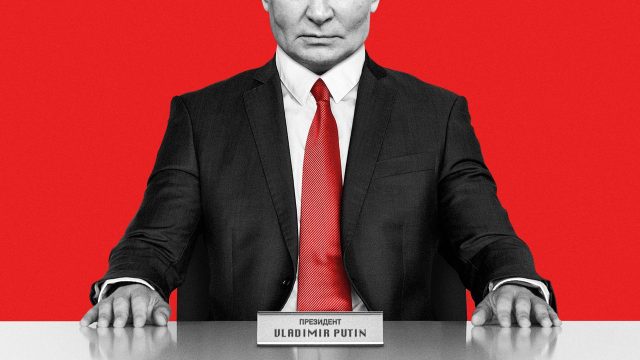
Peace in Europe seems further away than at any time since the start of Russia’s invasion of Ukraine more than three years ago.
Far from forcing a ceasefire between Vladimir Putin and Kyiv, Donald Trump‘s return to the White House has seen an escalation in Russian aerial attacks, culminating in this morning’s dramatic drone incursion into Poland.
“Putin just keeps escalating, expanding his war, and testing the West. The longer he faces no strength in response, the more aggressive he gets,” Ukrainian Foreign Minister Andrii Sybiha wrote on X. “A weak response now will provoke Russia even more – and then Russian missiles and drones will fly even further into Europe.”
What did the commentators say?
Recent attempts to bring Russia to the negotiating table have focused predominantly on diplomatic efforts. By sending his envoys to meet directly with Russian negotiators and “literally rolling out the red carpet for Putin”, Trump believed he “could reset the bilateral relationship”, said Alexandra Vacroux in the Los Angeles Times. “It did. But not the way Trump intended.”
Last month’s Alaskan summit “convinced the Russians that the current administration is willing to throw the sources of American global power out the window”. At the same time, Putin has positioned Russia at the centre of a new global power alliance, alongside China and India.
The Kremlin has insisted on its own “security guarantees” before laying down arms. These “reflect a list of grievances” that Putin refers to in shorthand as “the root causes” of the war, said The New York Times. They include a guarantee Ukraine will never join Nato, limits on Ukraine’s military capabilities and, most contentiously, to be part of any international security guarantees provided to Kyiv, “which analysts have equated with the fox guarding the henhouse”.
Western efforts to craft a security deal for Ukraine without considering the Kremlin’s position make them unlikely to succeed, said Samuel Charap, a Russia expert at RAND Corporation, a security research organisation in Washington.
Putin knows his maximalist demands are unpalatable to Ukraine and many of its allies, but he believes he is slowly winning on the battlefield so has little reason to broker a ceasefire agreement while he still holds out hope of a major breakthrough that will secure Moscow better terms – or even the collapse of Ukraine’s defences.
The alternative, as set out by Kęstutis Budrys, Lithuania’s foreign minister, this morning, is a ramping up of sanctions which “must strike at the heart of the Kremlin’s war economy”.
“In fact,” said Vacroux, “the Kremlin indicated a readiness to talk with Trump about the war only when Trump threatened ‘very, very powerful’ sanctions in mid-July”.
What next?
Amid “frustration within the White House at the difficulty of brokering a peace deal” – and perhaps acknowledging that sanctions may be the quickest way to bring the war to an end – the Financial Times reported Trump has made an “extraordinary demand” that the EU follow the US on imposing tariffs on India and China for buying Russian oil and gas.
European capitals have been discussing potential secondary sanctions aimed at escalating economic pressure on Russia, but “many are nervous given the EU’s trade relations with Beijing and New Delhi”.
“It’s a question of, do the Europeans have the political will to bring the war to an end?” one US official said. “Any of these things will of course be costly, and for the president to do it, we need our EU partners and ideally all of our partners with us. And we’ll share the pain together.”
With diplomatic efforts stalling, the US and EU turn again to sanctions as Russian drone strikes on Poland risk dramatically escalating conflict





